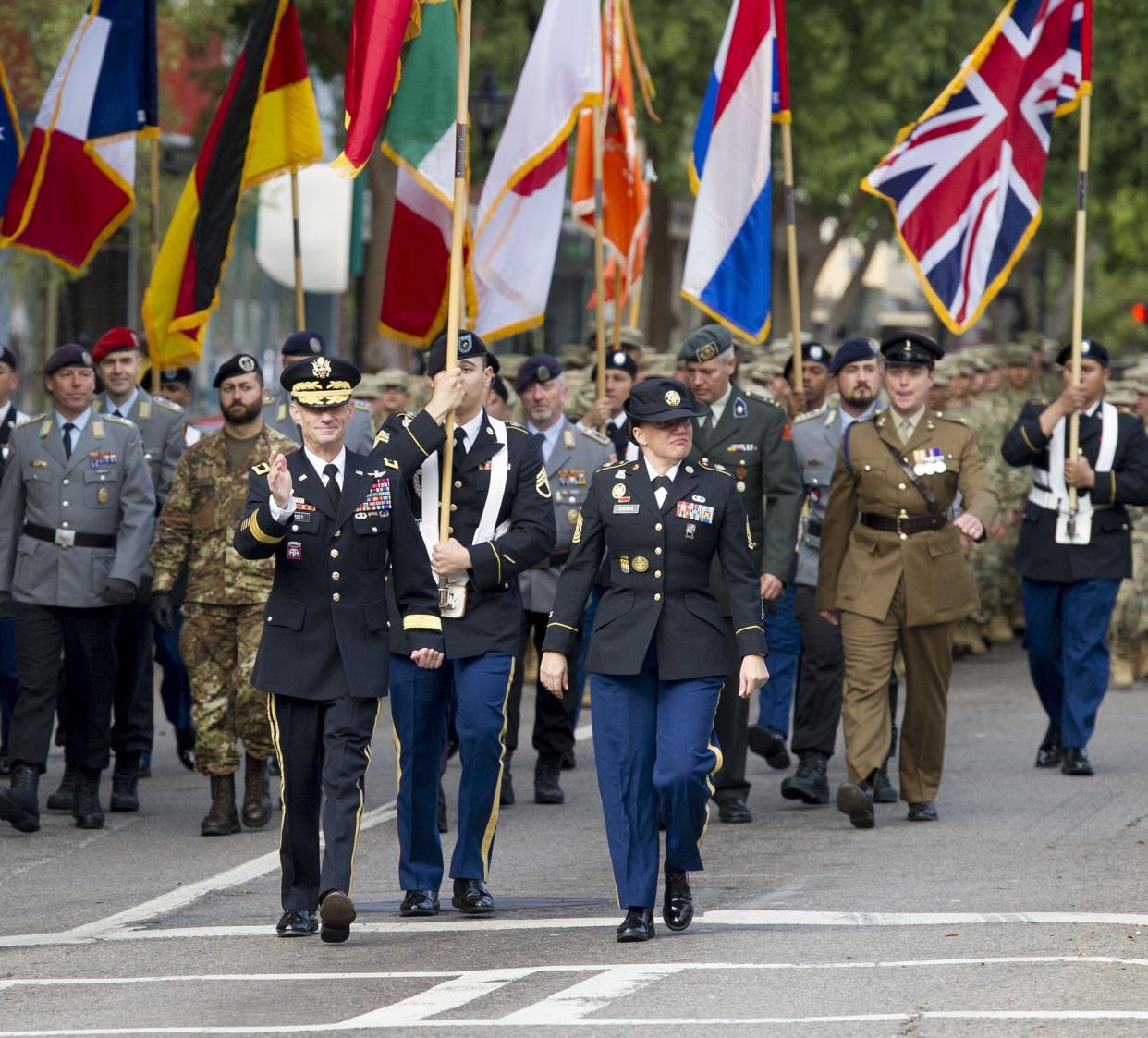How can Augusta, Fort Gordon better coexist? Project wants public's help to apply solutions

Couples in relationships often ask themselves if they’re still compatible. Fort Gordon and the Augusta area are asking the same question, and want the public’s input.
The Central Savannah River Area Regional Commission held its first public meeting Thursday, via Zoom, to discuss how to implement key recommendations from a land use study that examined the growing needs of the fort and the civilian community that’s growing around it.
Now, the Fort Gordon Compatible Use Study Implementation Project is mapping out the best ways to foster an environment in which the fort’s mission and the region’s development won’t impede each other.
Housing concerns: Soldier, others testify of "alarming" conditions of Fort Gordon housing in Ossoff-led hearing
Read More: Short list released of new names for Fort Gordon, other installations named for Confederates
“Local governments, the fort itself and the public – you represent individual property owners and residents and those of you who might be affiliated with nonprofit organizations or neighborhood associations, or might be a business owner in the area who’s interested,” said Larry Dotson, a senior planner with Matrix Design Group, which is helping guide the project and who moderated the meeting. “All of these groups we would like to see represented in the project and in terms of public participation.”
Compatibility, relating to military readiness, "is the balance and/or compromise between community and military needs and interests," according to Matrix's website fortgordoncus.com, explaining the study. "The goal of compatibility planning is to cultivate an environment in which both entities can coexist successfully."
Identifying problems and solutions
When the U.S. Army established Fort Gordon in 1941, the surrounding land was mostly rural, and the combined populations of Richmond and Columbia counties numbered about 75,000, according to the regional commission.
Today that figure has more than quadrupled. Concerns over planning and zoning, and light and noise pollution, also have grown.
Identifying specific problems and their solutions will be the project’s goal over the next several months. A draft lighting study has been conducted over a five-mile area around the fort to help pinpoint areas that could interfere with military training exercises conducted at night.
The next step, expected to be completed in July, involves plotting zoning overlay districts that promote “orderly transition” between community and military land uses, Dotson said. Overlay districts are civic planning tools used to help guide development.
Residents are encouraged to visit fortgordoncus.com to participate in a community survey, ahead of the next public meeting scheduled tentatively for this fall.
This article originally appeared on Augusta Chronicle: Augusta, Fort Gordon land use: Project wants public's help

